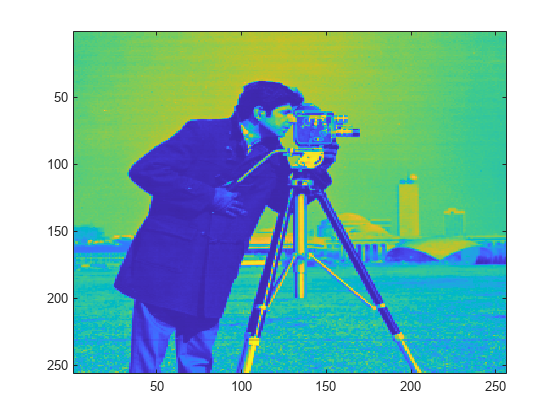haart2
2-D Haar wavelet transform
Description
[
performs the 2-D Haar discrete wavelet transform (DWT) of the matrix,
a,h,v,d]
= haart2(x)x. x is a 2-D, 3-D, or 4-D matrix with
even length row and column dimensions. If x is 4-D, the
dimensions are Spatial-by-Spatial-by-Channel-by-Batch. The Haar transform is always
computed along the row and column dimensions of the input. If the row and column
dimensions of x are powers of two, the Haar transform is
obtained down to level log2(min(size(x,[1 2]))). If the row or
column dimension of x is even, but not a power of two, the Haar
transform is obtained down to level floor(log2(min(size(x,[1
2])/2))).
haart2 returns the approximation coefficients,
a, at the coarsest level. haart2 also
returns cell arrays of matrices containing the horizontal, vertical, and diagonal
detail coefficients by level. If the 2-D Haar transform is computed only at one
level coarser in resolution, then h, v,
and d are matrices. The default level
depends on the number of rows of x.
Examples
Input Arguments
Output Arguments
Extended Capabilities
Version History
Introduced in R2016b



